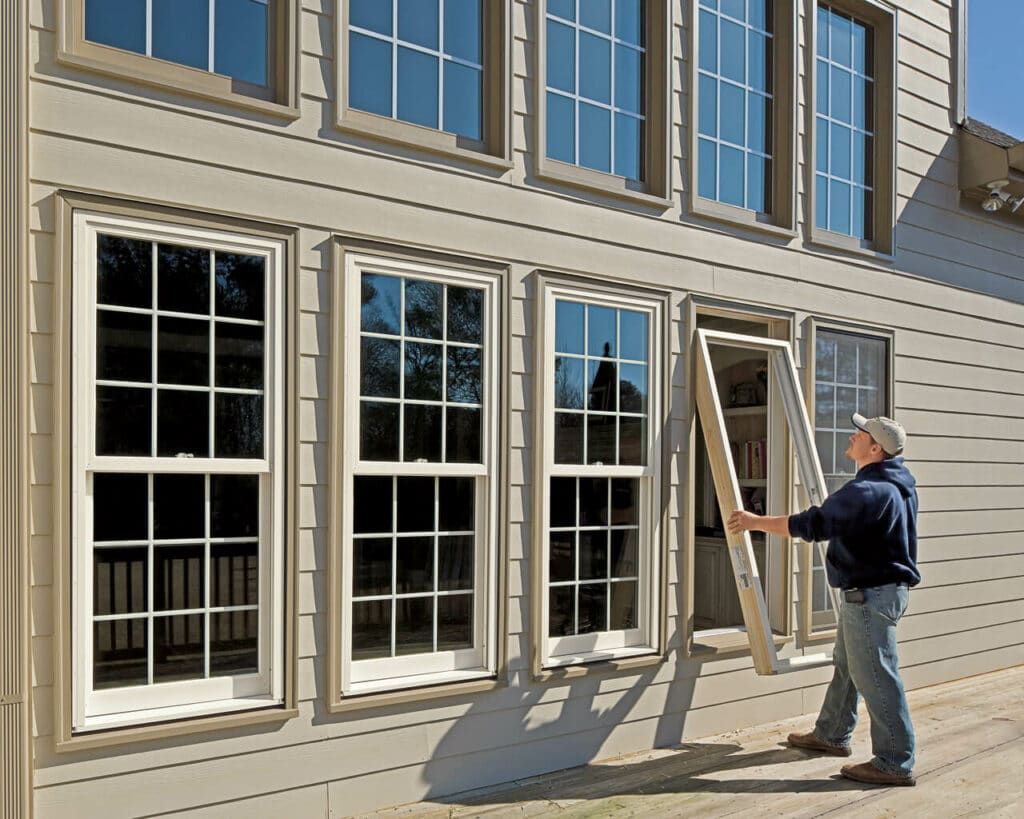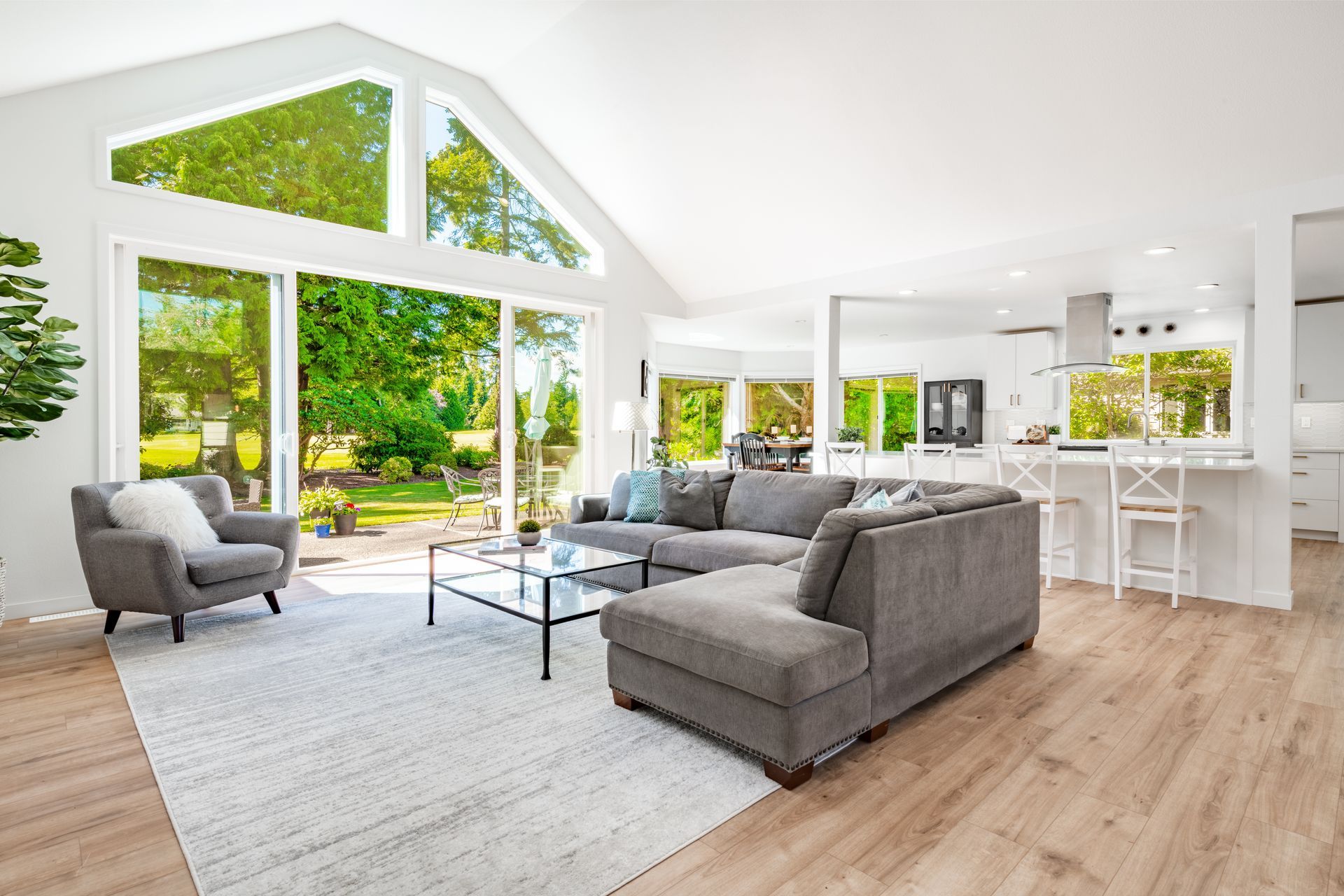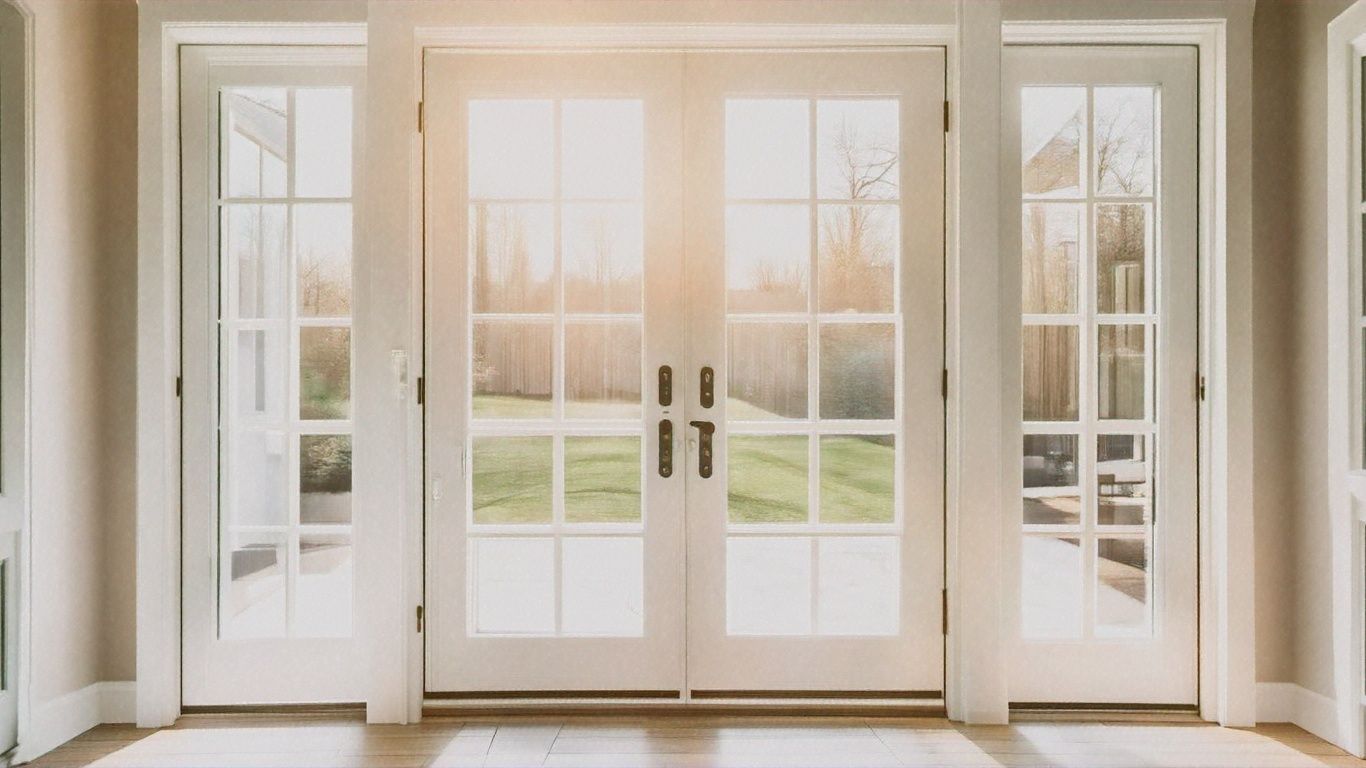Installation Blunders You Can Prevent
Share Content:

HDTV is a popular TV channel featuring remodeling wonders. The shows begin with a demolition phase, which is instructive. It’s not uncommon to uncover unwelcome discoveries behind the walls, while the poor homeowners look on hopelessly. At Woodland, we hear stories and witness similar problems all the time when we install replacement windows. It’s a crying shame to see how badly windows can be installed whether new construction or previously remodeled.
At Woodland we have a holistic approach to window installation, which is why we prefer to install the windows we sell and why we don’t install windows we don’t sell.
When purchasing replacement windows or new windows, remember that it’s as important to spend as much time understanding window installation as it is researching different window brands and styles.
Even the best-made window can’t make up for a bad installation . What’s most unfortunate is the likelihood that a bad installation can damage far more than your new window if water is allowed to seep into the walls.

If you’re planning to purchase windows, educate yourself about some key installation facts first. Be aware of the common practices deployed by inexperienced or lazy window installers throughout the industry. Learn the facts and trust yourself to spot the gaps. When you’re ready to sign an installation contract make sure it spells out in detail the work that will be done and the materials that will be used. And above all know the skill level of the installer(s), visit the company showroom, ask for the contractor’s license and proof of insurance, get references and personally examine one of the jobs they’ve installed. Avoid making installation mistakes by reading these facts.
Fact:
Windows come with manufacturer installation instructions.
Common practice:
These instructions are lost, are not on the job site, or the installer assumes he knows what he doesn’t know, unless he’s installed that exact window previously.
Fact:
Window installation and replacing existing windows is a skill built by learning professional techniques, apprenticeship, and experience.
Common practice:
A framer from construction team, a subcontractor or a handyman does the installation.
Fact:
Windows need to be measured and ordered to precise specifications and according to building standards. Building knowledge means understanding how a window fits and calculating precise allowances for wall depth and the window profile. New energy efficient windows are generally thicker than your old windows they are replacing and the extra thickness must be anticipated and framed properly.
Common practice:
Someone orders the windows and someone else makes it fit. An inexperienced installer typically installs the window with the extra thickness stuck out past the exterior wall and past the 1×4 facings. The same thing happens if a window is ordered wrong for the opening. Any attempt to cover the protruding or receding edge of the window is highly likely to either leave a gap or create a shelf. The installer caulks the window, but when the caulk breaks down water is trapped and creates a leak.
Woodland Professional Window Installer
Fact:
The manufacturer made and shipped window parts needed for a proper fit and installation.
Common practice:
Johnny, the installer, grabs whatever he needs from the truck, old latex caulk, insulating foam or trim. He finishes the installation and throws out the unused drip cap, exterior flash or other parts that the manufacturer shipped in the box with the windows. Photo: Improper sealants used.
Fact:
Materials have become highly specialized and performance depends on using the correctly specified materials. Have you ever applied a sealant that never hardened?
Common practice:
Lacking the knowledge about building physics such as water penetration, it’s common for installers to leave an open space between the replacement window and the building water resistant barrier, such as Tyvek. The membrane must be sealed to the window on all sides or the barrier is violated and air or water will enter the home. Finish carpenters learn how to cover gaps or create symmetrical openings using trim to shore up rough carpentry. This doesn’t work with windows because the window installation is the barrier between outside elements and the interior of your home. A poorly placed trim piece to cover a gap doesn’t stop air or water infiltration and could actually become a basin for water to become trapped.
We’re all busy and we want the people we hire to do the job right. Unfortunately, we can’t assume it will be done right. Fundamental errors in window and door installation can result in water leaks, air infiltration, poor operation, and structural problems. The best we can do is be clear about the job we want done, hire a professional company and don’t be afraid to look for the signs it’s being done right.
Connect with Us:



